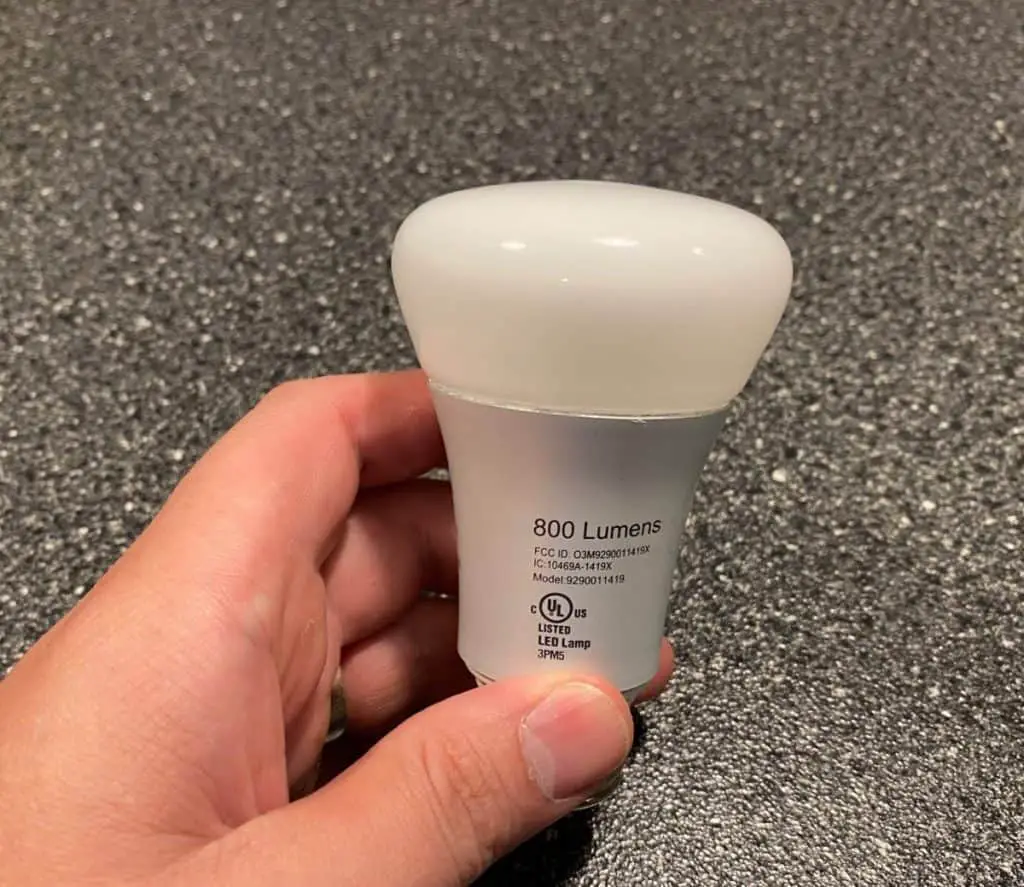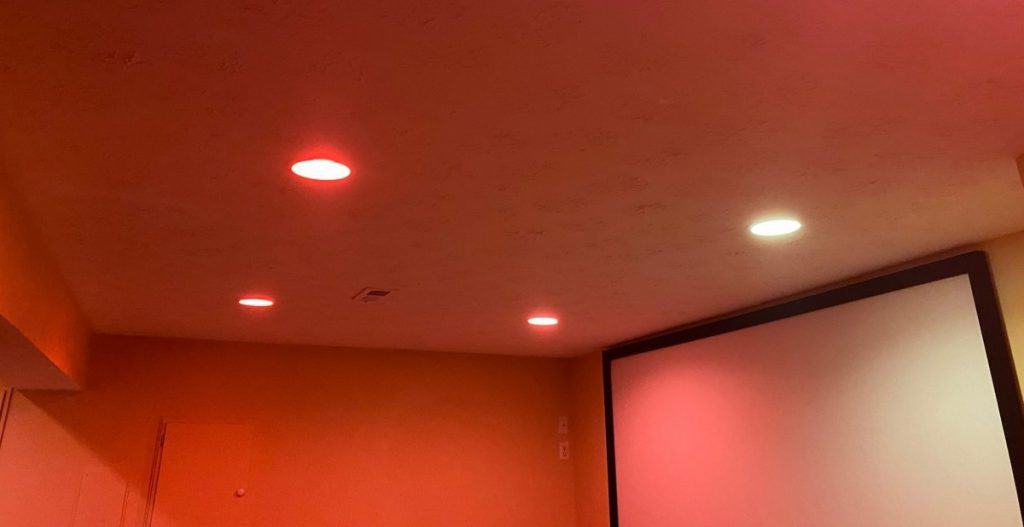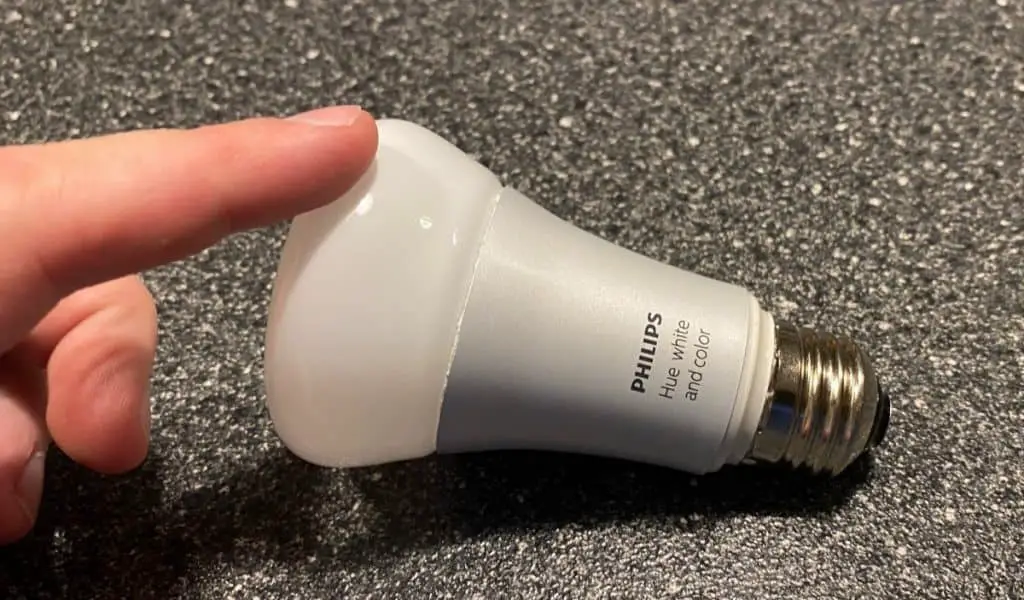Like many other electronic devices, smart light bulbs can have one or two issues performing as they ought to. Getting the best light output possible is crucial whether the bulbs are new or already in use. But since this isn’t always the case, what could be making your smart bulbs so dim?
Smart bulbs are so dim sometimes because some brands produce dimmer light than others. Their color settings may also determine how bright or dim their smart LED light appears. In addition, like traditional bulbs, smart lighting has ratings that can make a bulb dim or bright.
The rest of the article will help you understand this question in more detail, so keep reading. I’ll include a more detailed explanation of why you have dim smart bulbs. Also, I’ll throw in a bonus and discuss how you can prevent dimness or improve your smart LED bulbs’ brightness.

Why You Have Dim Smart Bulbs
Smart lighting doesn’t come cheap, especially if you have multiple bulbs in your home. So, it’s easy to understand why it may be puzzling and downright frustrating when your lights don’t produce the desired brightness you need.
Let’s look at the points I briefly introduced earlier in greater detail to learn the reasons:
Smart Bulb Rating Determines the Bulb’s Brightness
You may have observed that the different colors set appear dimmer than the white light when in color mode. To understand why this happens, you should first understand how smart bulbs generate white light and other colors to produce multicolored smart lighting.
So what’s the difference between wattage and the number of lumens, and why should it matter to you?
Wattage describes the amount of energy an incandescent or fluorescent bulb uses to produce light. On the other hand, lumen describes the amount of light emitted by the bulb. Generally, the higher the lumens, the brighter the LED bulb, and vice-versa.
If you have a conventional bulb with a 60W rating, look for a smart bulb with a lumen rating of 800. The 800-lumens smart bulb is also equal in brightness to a 12 W LED bulb.
So, if your bulb looks dim, start by looking at the bulb’s brightness indicated on the product label.
Different Brands Have Different Light Intensities
Different brands of smart bulbs produce different intensities of light.
For example, based on customer reviews, LIFX lighting (e.g., LIFX Mini White (A19) Wi-Fi Smart LED Light Bulb produces dimmer lighting than 2-Pack GE Link Smart LED Light Bulb — both available on Amazon.com. This doesn’t mean that LIFX bulbs are inferior, but you should be prepared for a slightly poorer light output if you choose to buy one.
Also, as with most electronic devices in the market, some manufacturers use poor-quality internal components like capacitors. These components may stop working sooner than expected, leading to the degraded output of light.
Poor workmanship with these brands could also lead to loose wiring, resulting in dim lights.
Smart Bulb Lights Appear Dimmer Than White Light When in Color Mode
You may have observed that when in color mode, the different colors set appear dimmer than the white light. To understand why this happens, it’s important to know how smart bulbs generate white light and other colors to produce multicolored smart lighting.
Smart LED bulbs change color by passing a current through a combination of two or three diodes of different colors. This process of color combination to produce new colors is known as color addition.
Some multicolor LED bulbs use only three colored diodes — Red, Green, and Blue (RGB), while others have four diodes — Red, Green, Blue, and White (RGBW).
For the standard RGB light bulb, white light is formed by passing a full current through all three diodes, resulting in a brighter light.

Color Temperature Can Make Smart Bulbs Seem Dimmer or Brighter
The color temperature shouldn’t be confused with the brightness of a bulb. However, it does affect the appearance of the light, which your brain can sometimes perceive as being dimmer or brighter. Yes, your brain can play tricks on you sometimes!
For example, extra warm white light that measures 2700K and 2800K has a yellowish-orange hue similar to traditional lights. It’s perceived as dimmer than cool white light, which is a bright white-blue light.
Smart Bulbs Aren’t Always Compatible With Existing Lighting Devices
Some smart lighting doesn’t work well with existing lighting devices such as dimmers, resulting in dim lights. In the case of dimmer switches, you need to determine if the existing switch can work with your specific brand of dimmable LED lights.

Lumen Depreciation Makes Smart Bulbs Produce Less Light
Quality smart light bulbs don’t normally fail. However, over time, they emit less light. You can check the lifespan of your bulbs from their product labels to determine how long they should roughly last.
So, if you’ve been using your smart light bulbs for a few years and notice that it’s dimmer, perhaps it’s time to get a new one.
Can You Prevent Dimness or Improve a Bulb’s Brightness?
I know how frustrating it can be when you’re used to a certain bulb brightness, and your new bulbs aren’t as bright as you hoped. Or you recently began using smart bulbs, and the one you bought just doesn’t cut it. Understandably, you may wonder if you can improve bulb brightness. So, can you improve bulb brightness or prevent dimness?
You can’t prevent the dimness of a bulb you already own, but you can reduce your chances of buying a dim smart bulb by checking the product label information. To ensure you’ll get bright light bulbs, choose smart lighting with a higher number of lumens.
Stay clear off from substandard smart lighting that produces poor light quality. And if in doubt about a specific brand, read verified reviews for that product. This will help you know what to expect if you decide to proceed with that choice.
You should also ascertain that existing lighting devices are compatible with your smart LED lights.
Conclusion
You may experience dimness with your smart light bulbs because of choosing substandard quality bulbs, getting bulbs with low brightness levels, and incompatibility of your smart bulbs with existing electrical circuitry. These factors are easy to correct by carrying out thorough research before buying new smart lighting.
